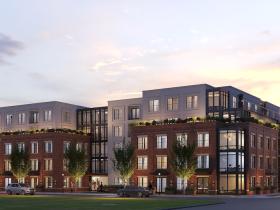 Will the Silver Line Drive Tyson's Condo Prices Higher?
Will the Silver Line Drive Tyson's Condo Prices Higher?
✉️ Want to forward this article? Click here.

Tysons Corner
Proximity to Metro ranks with location and parking as high on the wish lists of homebuyers in the DC area. In a region plagued by traffic congestion, communities that can free buyers from their automobiles are almost as enticing as the properties themselves. With that in mind, UrbanTurf examines the possible effect that four new Metro stations in Tysons Corner will have on condo prices in that area.
In 2007, Metro announced its plans to run the new Silver Line out to Dulles Airport. The future Metro line will place four new stations in Tysons Corner, the region’s largest business and shopping district outside of downtown DC. For many, Tysons Corner is already a desirable place to live. For those that work in the area, it can eliminate a commute, and for those that love to shop and eat, you are just a stone’s throw from stores like Chanel and Cartier, and restaurants like Morton’s. The condo offerings in Tysons pale in comparison to those offered in DC and Arlington, however there is no doubt that demand will increase with the arrival of the Silver Line.
But what will happen to the prices?
The coming rail line would put several condominium communities within walking distance of a Metro station, including The Fountains at McLean, Lillian Court, The Rotonda, and Park Crest. Today, it is still possible to get a one-bedroom in some of these communities for about $250,000, a bargain compared to many units in Arlington or DC. But once the Silver Line is complete, that may change.
“There are only a handful of condo communities to even consider in this zip code,” reports Karen Parker, a broker for Keller Williams Realty. “There’s just not enough inventory to meet first-time buyer demand. As demand continues to increase with the Silver Line, I expect prices in Tysons to rise by late 2010.”
The “Metro effect” is not a new phenomenon in the DC area. When construction of the New York Avenue Metro station completed in 2004, it spurred a flurry of new development, including five million square feet of office, retail, and housing. When the Morgan Boulevard station on the Blue Line was constructed in Prince George’s County, development of the first luxury condos and townhomes in that area soon followed. And the communities of Ballston and Clarendon, along the Orange Line, have developed around their Metro stations as “urban villages”, and the prices for condos there reach levels similar to downtown DC. Of course, at the time of Metro’s arrival, these areas had far more development potential than Tysons Corner, which is already fairly developed.
While there are several other factors that determine real estate values (existing policy, the land market, and the overall economic climate), the arrival of Metro usually means that prices will increase. With all the infrastructure improvements and the forecasts of shrinking condo inventory in the area, units in Tysons Corner will likely follow suit.
See other articles related to: metro, silver line, tysons corner, tysons corner condos
This article originally published at https://dc.urbanturf.com/articles/blog/will_the_silver_line_drive_tysons_condo_prices_higher/1639.
Most Popular... This Week • Last 30 Days • Ever

One of the critical factors in determining whether refinancing is a wise decision is ... read »
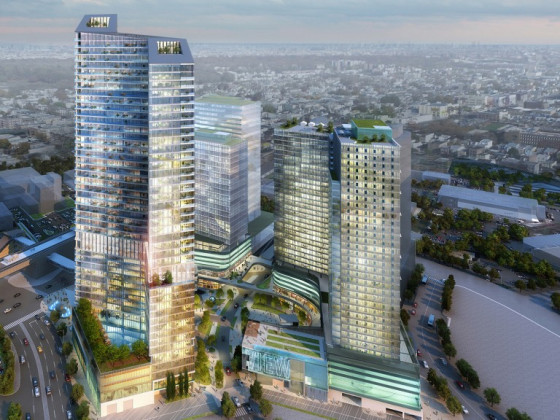
Tysons Corner will need a lot of new housing over the next 15 years, according to a n... read »
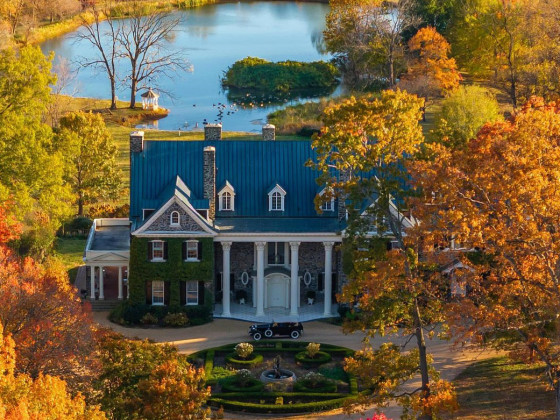
Located in Upperville, the 571-acre property known as Ayrshire Farm is under contract... read »
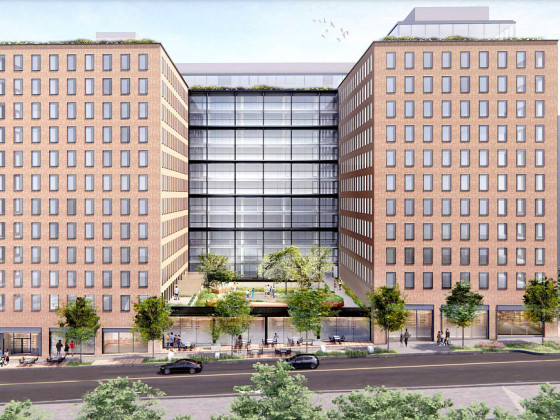
Gallaudet and JBG SMITH have filed a two-year extension of an approved planned-unit d... read »
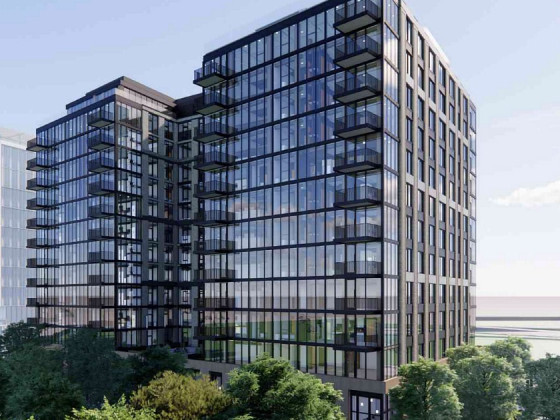
As we head towards the end of the year, UrbanTurf is wrapping up its coverage of larg... read »
DC Real Estate Guides
Short guides to navigating the DC-area real estate market
We've collected all our helpful guides for buying, selling and renting in and around Washington, DC in one place. Start browsing below!
First-Timer Primers
Intro guides for first-time home buyers
Unique Spaces
Awesome and unusual real estate from across the DC Metro





